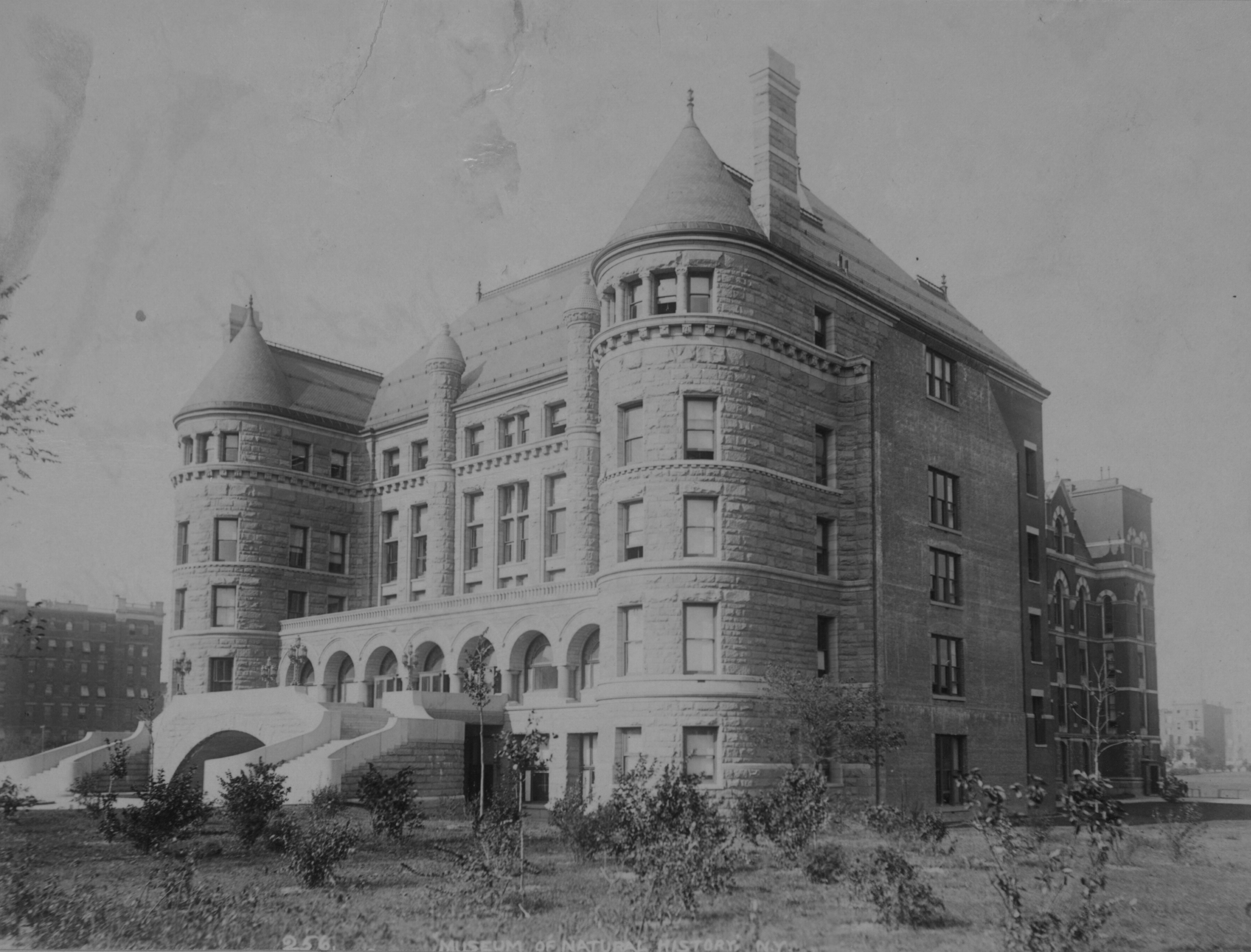|
Castel Merle
Castel Merle (also known as Castel-Merle or Castelmerle) is a complex of ten prehistoric rock shelters () in Sergeac, in the Dordogne department of France. It is close to the Lascaux rock art caves and is situated in the region which forms the Unesco World Heritage site Prehistoric Sites and Decorated Caves of the Vézère Valley, but is not officially a part of it. The finds in the shelters date to the Mousterian and Magdalenian periods, between 160,000 and 12,000 years ago. The most important of the ten shelters is the Reverdit rockshelter. Importance Castel Merle was one of the most densely populated Paleolithic areas found so far, populated first by the Neanderthalers and then by direct ancestors of modern man. Many of the shelters contained decorated rocks (paintings and engravings. Castel Merle was one of the first sites where sieving of the excavations was done, resulting in the findings of many very small objects. Different shelters here revealed thousands of beads, pearl ... [...More Info...] [...Related Items...] OR: [Wikipedia] [Google] [Baidu] |
Sergeac Castel Merle Blanchard I (4)
Sergeac (; oc, Sarjac) is a Communes of France, commune in the Dordogne Departments of France, department in Nouvelle-Aquitaine in southwestern France. Population The area of Sergeac is 10.71 km2. Gallery Image:Neolithique_Sergeac_Regnault_MHNT.PRE.2009.0.192.1.jpg, Neolithic polished ax - Muséum de Toulouse. See also *Communes of the Dordogne département References External links Communes of Dordogne {{Dordogne-geo-stub ... [...More Info...] [...Related Items...] OR: [Wikipedia] [Google] [Baidu] |
Périgordian
Périgordian is a term for several distinct but related Upper Palaeolithic cultures which are thought by some archaeologists to represent a contiguous tradition. Thought to have existed between c.35,000 BP and c.20,000 BP the Perigordian was theorized by prehistorians (namely ). The earliest culture in the tradition is the Châtelperronian which is thought to have produced denticulate tools and flint knives. It is argued that this was superseded by the Gravettian with its Font Robert points and Noailles burins. The tradition culminated in the proto- Magdalenian. Critics have pointed out that no continuous sequence of Périgordian occupation has yet been found, and that the tradition requires it to have co-existed separately from the Aurignacian industry rather than being differing industries that existed before and afterwards.Blades, Brooke S. "Aurignacian Lithic Economy: Ecological Perspectives from Southwestern France". Springer Science & Business Media, 2006. p. 44 S ... [...More Info...] [...Related Items...] OR: [Wikipedia] [Google] [Baidu] |
Rock Shelters
A rock shelter (also rockhouse, crepuscular cave, bluff shelter, or abri) is a shallow cave-like opening at the base of a bluff or cliff. In contrast to solutional caves (karst), which are often many miles long, rock shelters are almost always modest in size and extent. Formation Rock shelters form because a rock stratum such as sandstone that is resistant to erosion and weathering has formed a cliff or bluff, but a softer stratum, more subject to erosion and weathering, lies just below the resistant stratum, and thus undercuts the cliff. In arid areas, wind erosion ( Aeolian erosion) can be an important factor in rockhouse formation. In most humid areas, the most important factor in rockhouse formation is frost spalling, where the softer, more porous rock underneath is pushed off, tiny pieces at a time, by frost expansion from water frozen in the pores. Erosion from moving water is seldom a significant factor. Many rock shelters are found under waterfalls. File:Ro ... [...More Info...] [...Related Items...] OR: [Wikipedia] [Google] [Baidu] |
Paleolithic Europe
Paleolithic Europe, or Old Stone Age Europe, encompasses the Paleolithic or Old Stone Age in Europe from the arrival of the first archaic humans, about 1.4 million years ago until the beginning of the Mesolithic (also Epipaleolithic) around 10,000 years ago. This period thus covers over 99% of the total human presence on the European continent. The early arrival and disappearance of ''Homo erectus'' and ''Homo heidelbergensis'', the appearance, complete evolution and eventual demise of ''Homo neanderthalensis'' and the immigration and successful settlement of ''Homo sapiens'' all have taken place during the European Paleolithic. Overview The period is divided into: * the Lower Paleolithic, from the earliest human presence (''Homo antecessor'' and ''Homo heidelbergensis'') to the Holstein interglacial, c. 1.4 to 0.3 million years ago; * the Middle Paleolithic, marked by the presence of Neanderthals, 300,000 to 40,000 years ago; * the Upper Paleolithic, c. 46,000 to 12,000 years ... [...More Info...] [...Related Items...] OR: [Wikipedia] [Google] [Baidu] |
1875 Archaeological Discoveries
Events January–March * January 1 – The Midland Railway of England abolishes the Second Class passenger category, leaving First Class and Third Class. Other British railway companies follow Midland's lead during the rest of the year (Third Class is renamed Second Class in 1956). * January 5 – The Palais Garnier, one of the most famous opera houses in the world, is inaugurated in Paris. * January 12 – Guangxu becomes the 11th Qing Dynasty Emperor of China at the age of 3, in succession to his cousin. * January 14 – The newly proclaimed King Alfonso XII of Spain (Queen Isabella II's son) arrives in Spain to restore the monarchy during the Third Carlist War. * February 3 – Third Carlist War – Battle of Lácar: Carlist commander Torcuato Mendíri secures a brilliant victory, when he surprises and routs a Government force under General Enrique Bargés at Lácar, east of Estella, nearly capturing newly crowned King Alfonso XII. The Carlis ... [...More Info...] [...Related Items...] OR: [Wikipedia] [Google] [Baidu] |
Sergeac Castel Merle Castanet (1)
Sergeac (; oc, Sarjac) is a commune in the Dordogne department in Nouvelle-Aquitaine in southwestern France. Population The area of Sergeac is 10.71 km2. Gallery Image:Neolithique_Sergeac_Regnault_MHNT.PRE.2009.0.192.1.jpg, Neolithic polished ax - Muséum de Toulouse. See also *Communes of the Dordogne département The following is a list of the 503 communes of the Dordogne department of France. The communes cooperate in the following intercommunalities (as of 2020):Communes of Dordogne {{Dordogne-geo-stub ... [...More Info...] [...Related Items...] OR: [Wikipedia] [Google] [Baidu] |
The American Museum Journal (c1900-(1918)) (17972652398)
''The'' () is a grammatical article in English, denoting persons or things that are already or about to be mentioned, under discussion, implied or otherwise presumed familiar to listeners, readers, or speakers. It is the definite article in English. ''The'' is the most frequently used word in the English language; studies and analyses of texts have found it to account for seven percent of all printed English-language words. It is derived from gendered articles in Old English which combined in Middle English and now has a single form used with nouns of any gender. The word can be used with both singular and plural nouns, and with a noun that starts with any letter. This is different from many other languages, which have different forms of the definite article for different genders or numbers. Pronunciation In most dialects, "the" is pronounced as (with the voiced dental fricative followed by a schwa) when followed by a consonant sound, and as (homophone of the archaic pro ... [...More Info...] [...Related Items...] OR: [Wikipedia] [Google] [Baidu] |
Sergeac Castel Merle Souquette (3)
Sergeac (; oc, Sarjac) is a commune in the Dordogne department in Nouvelle-Aquitaine in southwestern France. Population The area of Sergeac is 10.71 km2. Gallery Image:Neolithique_Sergeac_Regnault_MHNT.PRE.2009.0.192.1.jpg, Neolithic polished ax - Muséum de Toulouse. See also *Communes of the Dordogne département The following is a list of the 503 communes of the Dordogne department of France. The communes cooperate in the following intercommunalities (as of 2020):Communes of Dordogne {{Dordogne-geo-stub ... [...More Info...] [...Related Items...] OR: [Wikipedia] [Google] [Baidu] |
American Museum Of Natural History
The American Museum of Natural History (abbreviated as AMNH) is a natural history museum on the Upper West Side of Manhattan in New York City. In Theodore Roosevelt Park, across the street from Central Park, the museum complex comprises 26 interconnected buildings housing 45 permanent exhibition halls, in addition to a planetarium and a library. The museum collections contain over 34 million specimens of plants, animals, fossils, minerals, rocks, meteorites, human remains, and human cultural artifacts, as well as specialized collections for frozen tissue and genomic and astrophysical data, of which only a small fraction can be displayed at any given time. The museum occupies more than . AMNH has a full-time scientific staff of 225, sponsors over 120 special field expeditions each year, and averages about five million visits annually. The AMNH is a private 501(c)(3) organization. Its mission statement is: "To discover, interpret, and disseminate—through scientific research ... [...More Info...] [...Related Items...] OR: [Wikipedia] [Google] [Baidu] |
Solutrean
The Solutrean industry is a relatively advanced flint tool-making style of the Upper Paleolithic of the Final Gravettian, from around 22,000 to 17,000 BP. Solutrean sites have been found in modern-day France, Spain and Portugal. Details The term ''Solutrean'' comes from the type-site of " Cros du Charnier", dating to around 21,000 years ago and located at Solutré, in east-central France near Mâcon. The Rock of Solutré site was discovered in 1866 by the French geologist and paleontologist Henry Testot-Ferry. It is now preserved as the Parc archéologique et botanique de Solutré. The industry was named by Gabriel de Mortillet to describe the second stage of his system of cave chronology, following the Mousterian, and he considered it synchronous with the third division of the Quaternary period. The era's finds include tools, ornamental beads, and bone pins as well as prehistoric art. Solutrean tool-making employed techniques not seen before and not redis ... [...More Info...] [...Related Items...] OR: [Wikipedia] [Google] [Baidu] |
Aurignacian
The Aurignacian () is an archaeological industry of the Upper Paleolithic associated with European early modern humans (EEMH) lasting from 43,000 to 26,000 years ago. The Upper Paleolithic developed in Europe some time after the Levant, where the Emiran period and the Ahmarian period form the first periods of the Upper Paleolithic, corresponding to the first stages of the expansion of ''Homo sapiens'' out of Africa. They then migrated to Europe and created the first European culture of modern humans, the Aurignacian. An Early Aurignacian or Proto-Aurignacian stage is dated between about 43,000 and 37,000 years ago. The Aurignacian proper lasts from about 37,000 to 33,000 years ago. A Late Aurignacian phase transitional with the Gravettian dates to about 33,000 to 26,000 years ago. The type site is the Cave of Aurignac, Haute-Garonne, south-west France. The main preceding period is the Mousterian of the '' Neanderthals''. One of the oldest examples of figurative art, the V ... [...More Info...] [...Related Items...] OR: [Wikipedia] [Google] [Baidu] |
Les Eyzies
Les Eyzies (; oc, Las Aisiás) is a commune in the Dordogne department in Nouvelle-Aquitaine in southwestern France France (), officially the French Republic ( ), is a country primarily located in Western Europe. It also comprises of overseas regions and territories in the Americas and the Atlantic, Pacific and Indian Oceans. Its metropolitan ar .... It was established on 1 January 2019 by merger of the former communes of Les Eyzies-de-Tayac-Sireuil (the seat), Manaurie and Saint-Cirq. 11 October 2018, p. 73 Les Eyzies station has rail connections to Périgueux and Agen. References [...More Info...] [...Related Items...] OR: [Wikipedia] [Google] [Baidu] |
.jpg)



.png)

.jpg)